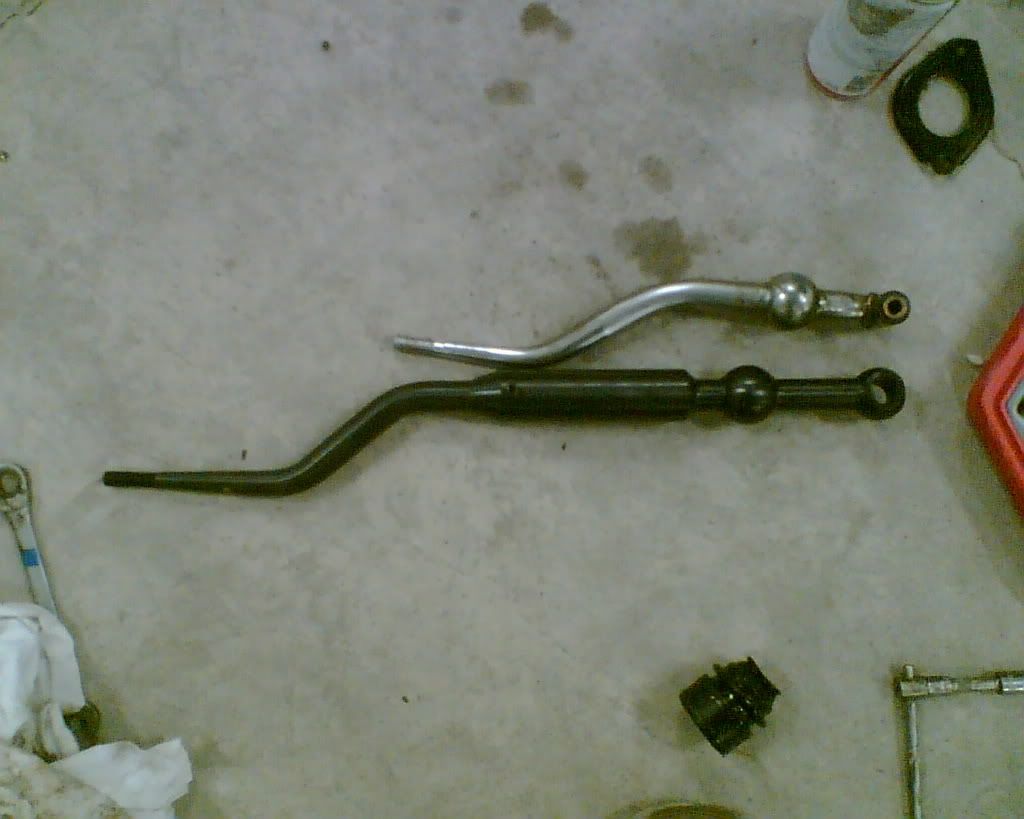No updates or a long time. I had set a lap record at VIR, but in the off-season I re-dyno’ed and I was over power (about 4HP). I asked them to remove the record. Since then, I’ve added a restrictor plate and I fine tune with ignition retarding. I jumped on the dyno the other day before the event and down tuned it to 140WHP to stay safely below the 143 WHP I’ve reclassified to.
I couldn’t fine any published data or restrictor plate size vs horsepower change, so if anyone cares, for a typical NA DOHC engine (non-VTEC Honda, BMW E30/E36, Miata), I’ve come up with a decent approximation:
Diameter Ratio = e^(-0.034 * % HP loss required)
where “diameter ratio” is restrictor plate diameter / throttle body inner diameter
and % horsepower loss required should be self-explanatory.
Caveats: This is probably only accurate for % HP loss between 0% and 10%, and only on similar NA engines. This is based on restrictor plate dyno numbers I gathered on the web for spec miatas, GTS cars (E36, E30), and non-vtec Hondas. A throttle body with a significant taper or venturi could throw things off.
So if I have an M3 making 230WHP and I need to lose 20WHP (about 8.7%), you get
DR = e^(-0.034 * 8.7) = 0.744. So 0.744*stock TB diameter gives you your restrictor plate hole size.
This equation is just an approximation! Fine tuning will be required, and YRMV.
[video=youtube_share;L99Z1ersgvo]http://youtu.be/L99Z1ersgvo[/video]
This video was without the restrictor. The car is definitely slower on the straights now, but I’ve been able to offset the loss through driving improvements and better lines.
I’ve also switched from the Nitto NT-01 to the Maxxis RC1, still in 205/50/15. From my telemetry data, the Maxxis are right on par with the Nittos. However, with the Maxxis, I am eligible for awesome contingency; last weekend I took home 4 tires and I had basically just done a few sessions on my first set. The Maxxis RC1 has very stiff sidewalls, so the precision and responsiveness is great. Overall grip and heat tolerance seem great as well. They actually run a little narrowed than the NT01, which I think helps them come up to temperature better in sprint sessions.
I also broke my cheap ebay double bend aluminum shifter after one season. It sheared off right at the base. I’ve since switched to the FastLine Performance (FLP) tall shifter. It looks a bit odd at first, but the feel is great and it puts the shifter right where I want it: next to the steering wheel. It’s also made of steel and is a very strong design. A highly recommended upgrade.

Comparison photo compliments of another owner.
